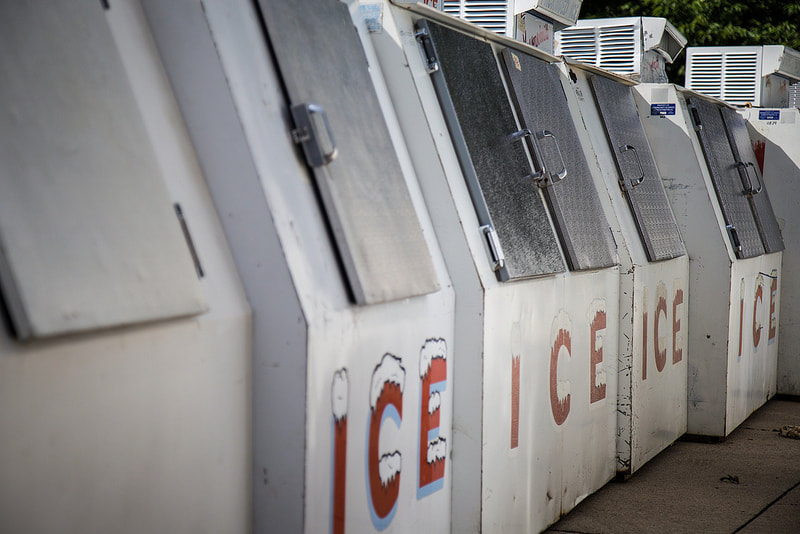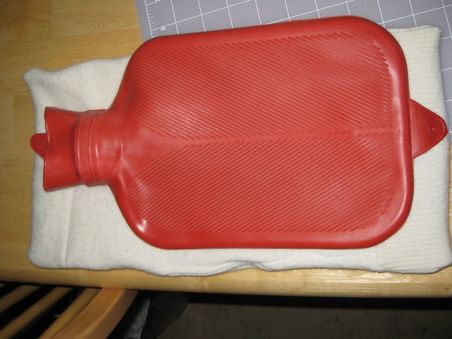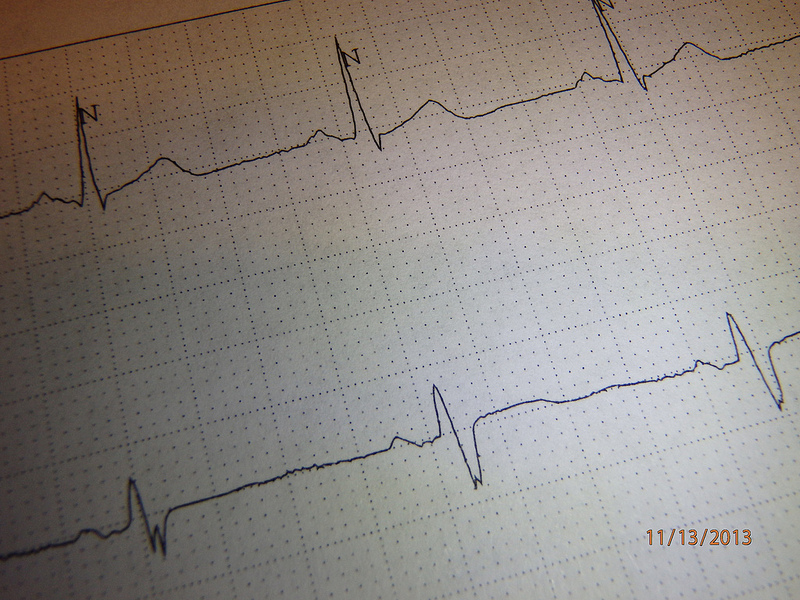Hypothermia occurs when a person's body loses heat faster than it can produce heat, and the core body temperature, which is usually 98.6 F (or 36 C) drops below 95 F (or 35 C).
Symptoms of hypothermia:
Symptoms of hypothermia:
- Shivering
- Slurred speech
- Drowsiness/lethargy
- Clumsiness
- Weak pulse
- Slow, shallow breathing
- Confusion
- Unconsciousness
|
Treatment for Hypothermia:
|


